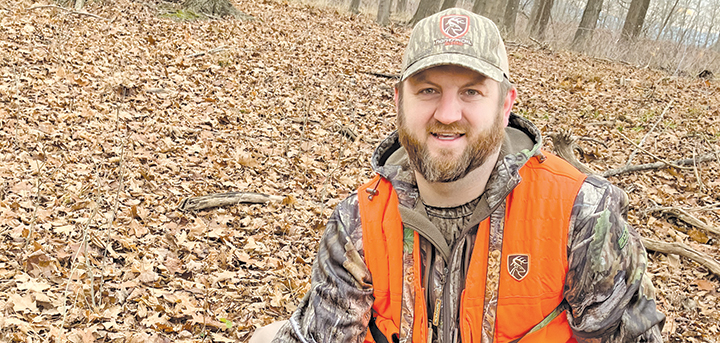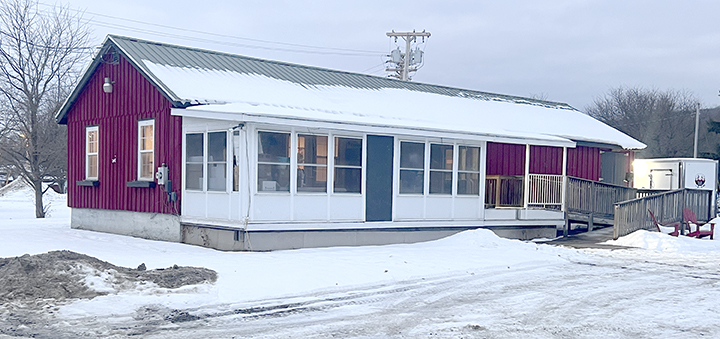Outdoor Chenango: 100 Years Later
Published:
October 15th, 2025
By:
Eric Davis
 Sun Outdoor Columnist Eric Davis
Sun Outdoor Columnist Eric Davis
A few weeks ago while I was looking for a podcast I might want to listen to, I noticed one from Remington about the .270 Winchester.
I had already listened to the Hornady Podcast about the same cartridge probably 10 or 11 months ago so I wanted to compare what the two podcasts said about it. There was a reason I was drawn to these podcasts.
In 2012, I decided that it was time to buy my first deer hunting rifle. I had held out for a few years after the county I hunted in changed from a shotgun only area but I finally had some money burning a hole in my wallet. I went to Dick’s Sporting Goods, who still sold firearms then, and looked at what they had but nothing jumped out at me right away.
While there I called Mike, one of my hunting mentors, to ask him about rifle calibers and what was there in the store. As we talked, Mike said, “Oh yeah, I have a .270 that Spike was trying to sell at my house and it has a couple of boxes of ammo with it. Would you want to try shooting that and see if you like it?” That weekend I went to the winery and Mike set up a shooting range behind the shop where I got to test the .270 out. Not knowing much about it other than it put 3 bullets close together at 50 yards, I decided it was the gun for me.
When deer season rolled around, Spike came to town and I paid him for the rifle. I carried it all season and finally on the last day of the season I was able to shoot 2 deer with it. Both deer dropped in their tracks. In the years to follow, I shot a good number of deer with that rifle, including a buck following a doe (I shot them both about 10 seconds apart). The first couple of years I shot Remington Core-Lokt 130-grain pointed soft point bullets and never had to track a deer I shot with it. Then I decided to switch the the Hornady Custom with their 130-grain SST, which has a ballistic tip. This bullet was equally as deadly but it did usually require a short tracking job. This rifle was my go-to deer gun until only a couple of years ago when I won a .308 at an NWTF event and made it a goal to shoot a deer with it.
But, back to the podcasts. Here’s a summary from both.
The .270 Winchester was released in 1925 by Winchester Arms for their model 54 bolt action rifle, making this year the cartridge’s 100th birthday/anniversary depending on how you want to phrase it. The fact that it is still a popular round for medium-sized big game shows you how well it performs. The cartridge uses the .30-06 case size but is necked down to hold a .277” diameter bullet. By decreasing the bullet diameter, the bullet weight also decreased (130 grain is the most common in .270) while keeping a relatively similar powder charge, this resulted in a faster muzzle velocity and a flatter trajectory.
Back then, rangefinders did not exist like they do today. So having a flat shooting rifle would allow hunters to have a longer range of just aiming without having to compensate for the bullet dropping when shooting.
The .270 was not an instant hit and had a fair amount of skeptics that a bullet that light/small would even work on big game. One podcast called it the 6.5 Creedmoor of it’s time. Again, back then there was no internet or YouTube to watch reviews, so a lot of the information that was given to consumers came from articles in hunting magazines, like Outdoor Life or Field & Stream. One magazine article writer who published a lot about the success he had with a .270 was Jack O’Connor. He toted his .270 across the North America and Africa where he had success hunting medium and big game.
Upon hearing the fact that this year is the 100th year of the .270 Winchester being in existence, I decided to pull my Savage 110 out of the safe this fall and try to harvest a deer. It seems like a great way to celebrate the cartridge making it a full century.
Author: Eric Davis - More From This Author
Comments




